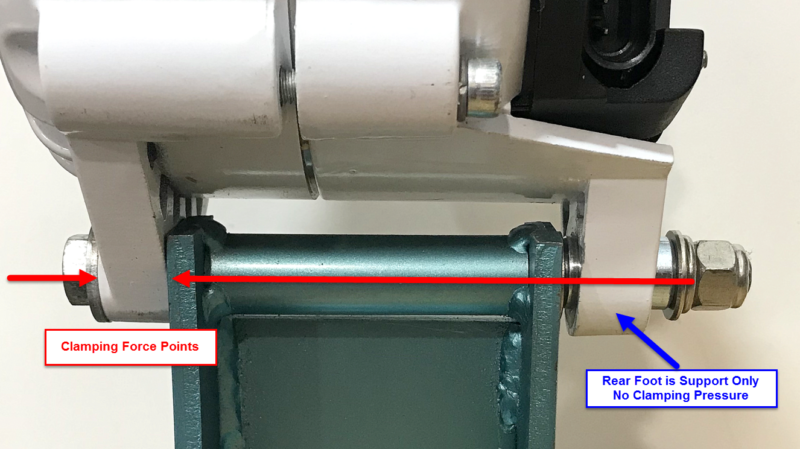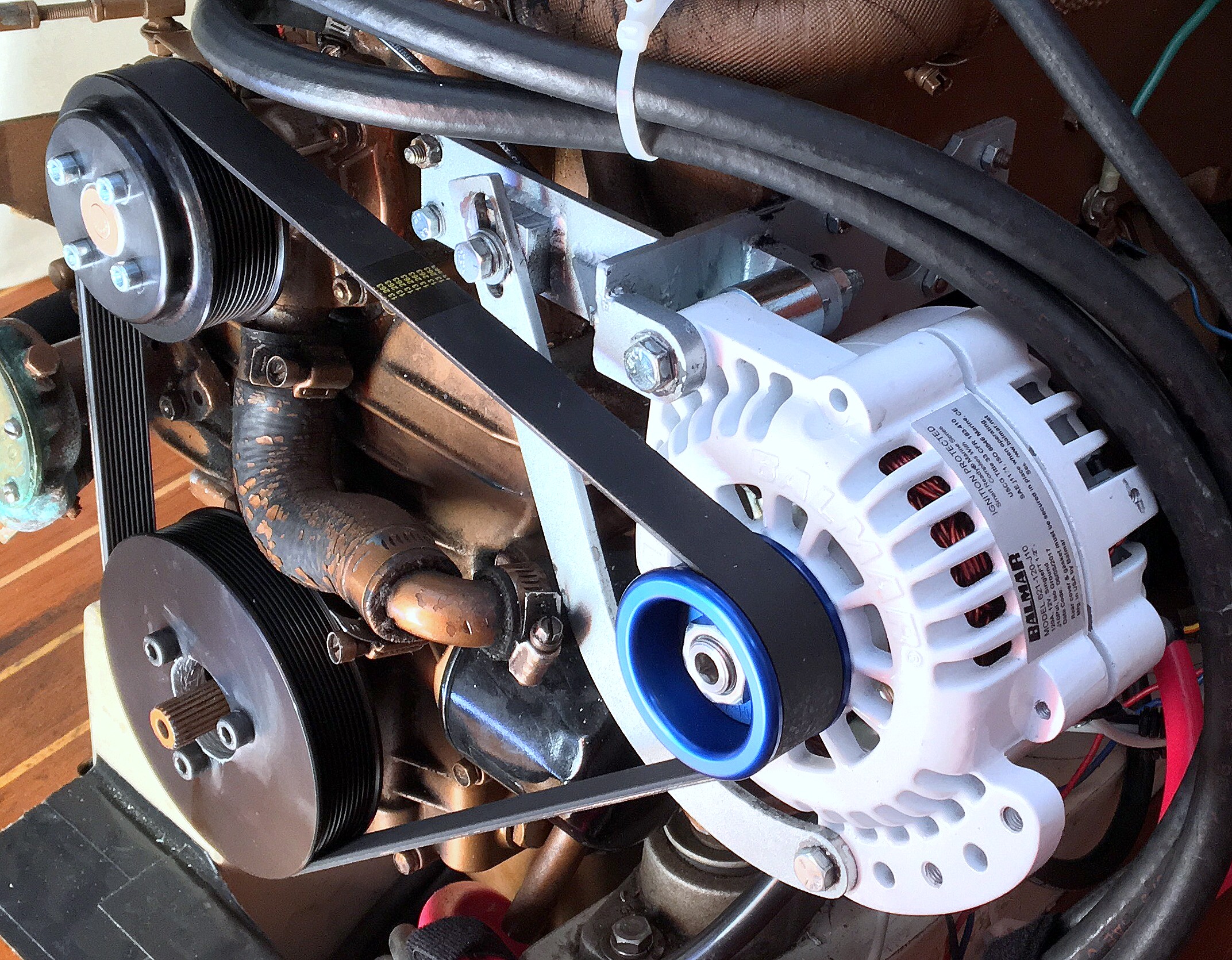Brybo86
Thread starter
I figured it out.
The 17 month old alternator I took out was a very snug fit on the bottom bolt. Like zero play.
The new one had some play like 1/32 to 1/16 inch of play.
When I torqued the top bolt to 16ftlbs and the bottom to 33ftlbs...
the play in the bottom of the alternator pinched together and caused the alternator to bind.(is the nut that bolt goes into supposed to be able to move in to close up this play. It appeared to be painted/glued in place)
I gotta go to work tommorow so my choices were
1.uber
2. Loosen lower bolt so pulley can spin and drive it kinda loose or
3. Add a thin washer to back side of alternator housing. To make up the play so when I torqued it down it can't bind. This is what I ended up doing.
Old Battery was fine(got a new one tho ) but the multimeter did drop to 6when the key was turned and the starter literally just let out a low pitched grunt/hum(sound of holding back an electric motor.)
) but the multimeter did drop to 6when the key was turned and the starter literally just let out a low pitched grunt/hum(sound of holding back an electric motor.)
Voltage returned to 12.4 ish when key released.
Never gave the click of typical low battery.
The starter was able to spin the serp belt a few inches before it would give up with a low grunt.
New question is how soon am I going to need a new starter


The 17 month old alternator I took out was a very snug fit on the bottom bolt. Like zero play.
The new one had some play like 1/32 to 1/16 inch of play.
When I torqued the top bolt to 16ftlbs and the bottom to 33ftlbs...
the play in the bottom of the alternator pinched together and caused the alternator to bind.(is the nut that bolt goes into supposed to be able to move in to close up this play. It appeared to be painted/glued in place)
I gotta go to work tommorow so my choices were
1.uber
2. Loosen lower bolt so pulley can spin and drive it kinda loose or
3. Add a thin washer to back side of alternator housing. To make up the play so when I torqued it down it can't bind. This is what I ended up doing.
Old Battery was fine(got a new one tho
Voltage returned to 12.4 ish when key released.
Never gave the click of typical low battery.
The starter was able to spin the serp belt a few inches before it would give up with a low grunt.
New question is how soon am I going to need a new starter
Attachments
Last edited:



